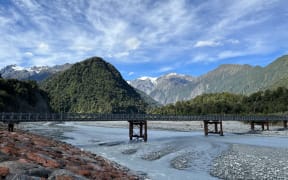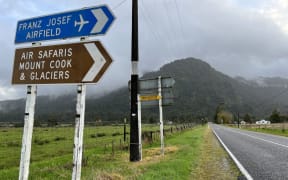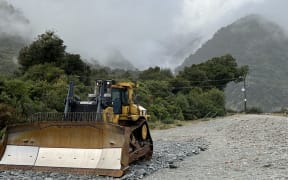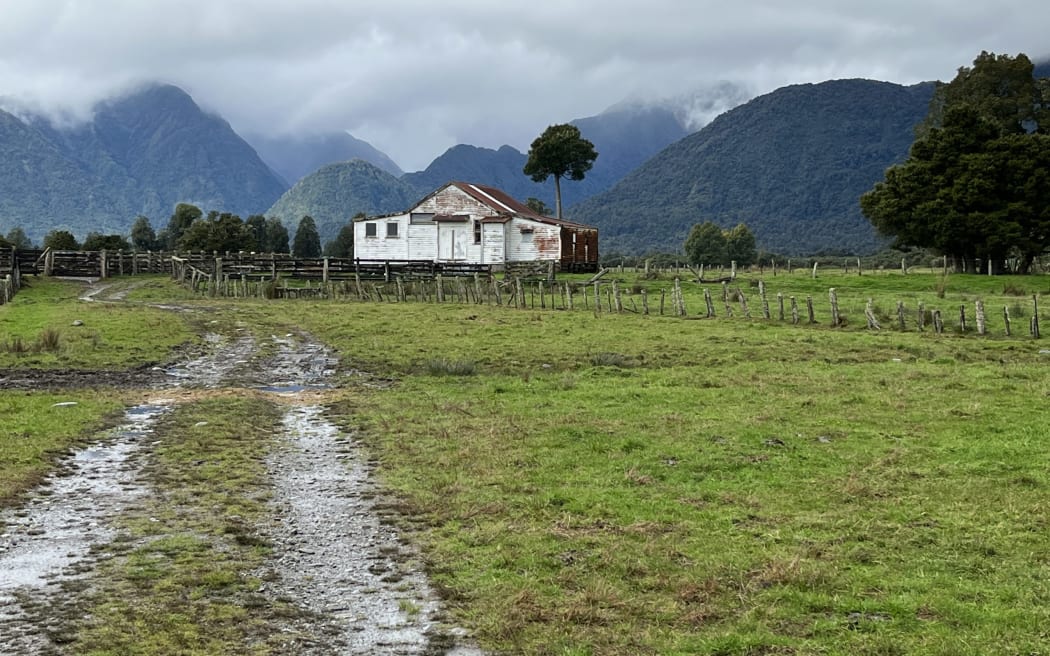
Photo: Greymouth Star/Brendon McMahon/single use
A proposal to eventually abandon the Waiho Flat area at Franz Josef has garnered "significant" support from about 75 percent of affected landowners.
West Coast Regional Council chief executive Darryl Lew said it is still dependent on getting the new Government to agree to buy-in.
The overwhelming support for a 10-year strategy based on expert advice to council was presented to the community in early October.

Council asked for feedback at the same time.
"The feedback that we've had from the community around the technical advisory report and strategy on the south side is 75 percent of the community in favour of that strategy.
"That's quite significant," Lew said.
However it had come with a caveat those affected should be compensated.
The Waiho Flat area has about 80 residents with around 40 lifestyle and residential properties and several large dairy and dairy support farms.
Lew said some form of affected property buyout on the south side dominated the feedback and the next step was to sound out the Government about it.
"The next stage there is for political representation to go to Wellington early next year."
A new group representing the regional and district council partners with resident representatives and others would be used to do that, Lew said.
However the "bigger picture" of how any proposal would eventually be formulated would depend on soundings from the new Government.
Lew said it was unclear yet if the model previously used to formulate and consult for the Westport flood resilience scheme would also be acceptable for the Waiho strategy.
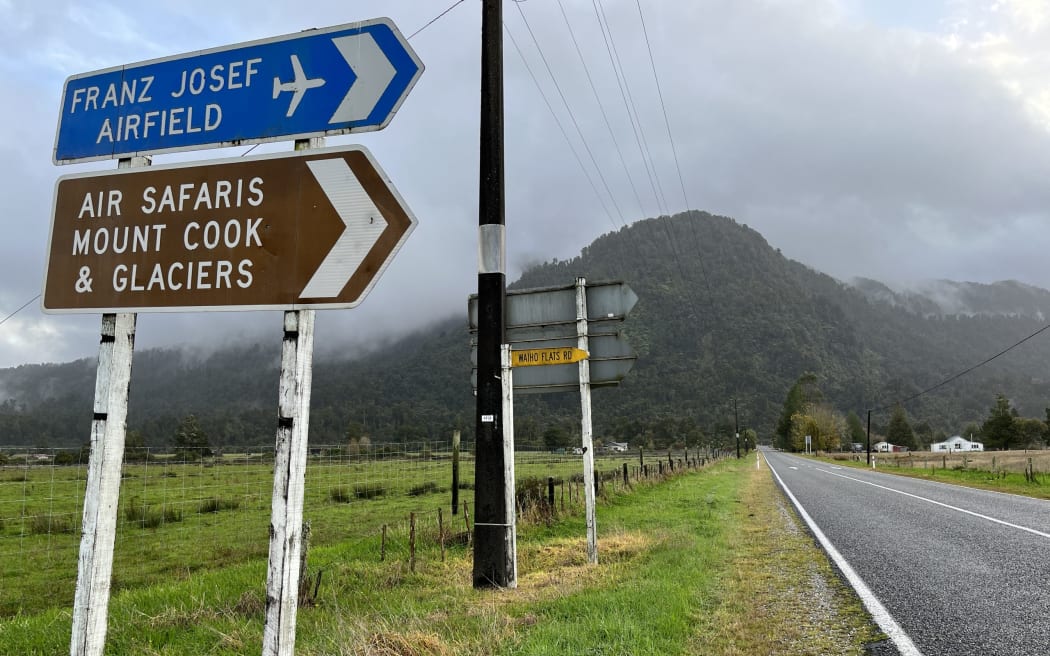
Photo: Brendon McMahon
A steering group of district and regional council representatives, local residents, appointed technical experts, and Government department officials was set up for Westport.
"That was an artefact of the last Government. It remains to be seen if the new Government wants to set up a new construct," Lew said.
However it was not as though the natural hazard issues with Franz Josef and the Waiho River had been well known for over 20 years in Wellington.
This had included previous Government commissioned reports although the matter was now for the regional council to lead, Lew said.
Regional council chairman Peter Haddock said a satisfactory outcome for the Waiho Flat landowners will take a lot of work.
"I guess the main point was that the south side people are in the majority in favour of the proposal for the long-term strategy. There's a lot of water to go under the bridge. The council has got a lot of work to talk to the Government."
About $8.8million allocated by the last Government in 2020 for the $24m co-funded Waiho River Protection Scheme remained "ringfenced" for the Waiho south bank side.
Council wanted some of that released immediately to begin on the 10-year strategy, Haddock said.
It would immediately fund the strategy's top priority: to urgently bolster emergency management provisions for the Waiho Flat.
Continuing maintenance of the existing south bank stop banks and developing a masterplan were next on the list for some of that money, Haddock said.
Any abandonment of the Waiho Flat, the rebuild of State highway 6 inland and a staged release of the stopbanks from about 2034 were further away under the strategy priorities.
"It is a 10-year process."
Meanwhile questions of equitable treatment within the Franz Josef rating district and the deployment of ratepayer funds came up at the 18 December meeting in light of the long period of no meetings since 2019.
"From what I can see the north (bank) have ended up with the big stopbanks whereas the south haven't had anything apart from piecemeal maintenance - but the area is still vulnerable," Haddock said.
"The hardest part was facing the community and once again having to apologise for previous councils' lack of community engagement."
Local Democracy Reporting is Public Interest Journalism funded through NZ On Air
